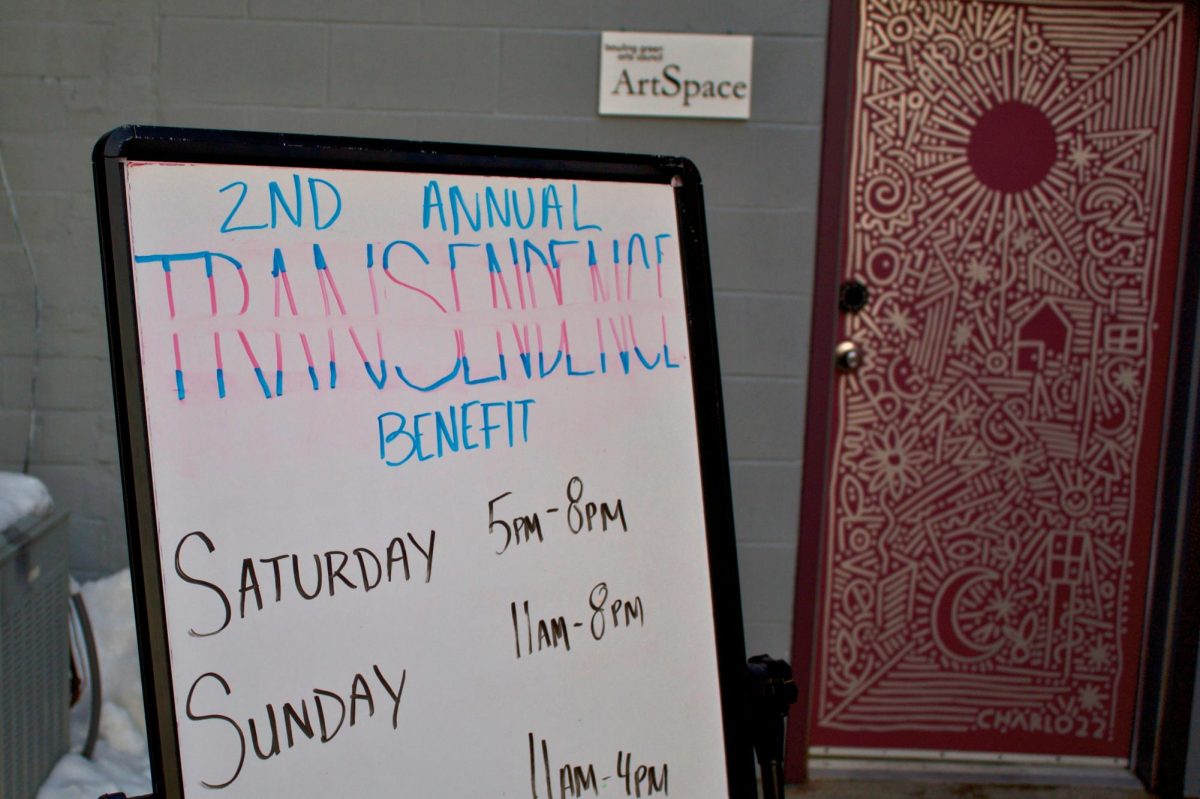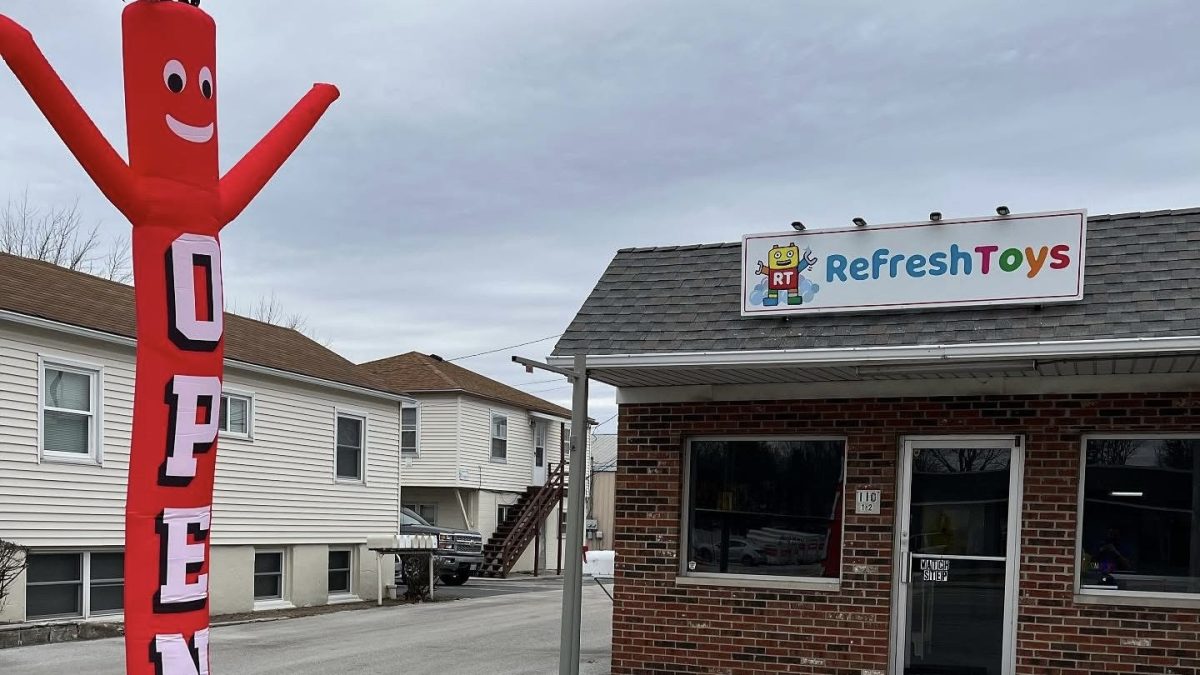Drug overdoses in Ohio account for more deaths each year than motor vehicle crashes.
Unintentional drug poisoning has been the leading cause of injury death in Ohio since 2007, according to the Ohio Department of Health.
Prescription drugs top national rankings as the most abused drugs in the country, with nearly 7 million users reported in 2009 — a number which exceeds heroin, cocaine, ecstasy and hallucinogens users combined.
To help reduce the number of prescription drugs available, the Drug Enforcement Administration will collaborate with local law enforcement agencies across the country for the second National Drug Take-Back Day on April 30.
From 10 a.m. to 2 p.m., officers from the Wood County Sheriff’s Office and the Bowling Green Police Division will collect expired, unused and unwanted prescription drugs at the Wood County Hospital at 950 W. Wooster St., the Wood County Sheriff’s Office at 960 E. Gypsy Lane Road and the North Baltimore Family Practice at 209 Briar Hill Road in North Baltimore.
The collection is free and anonymous with no questions asked, according to a police division release.
“People can just drive up in the driveway, drop off their prescription drugs and then drive off,” said Catherine Harned, director of marketing and business development for the Wood County Hospital.
The hospital provides a location for the drop-off, but law enforcement agencies organize the program, Harned said.
Sgt. Jason Stanley said he has seen a steady increase in prescription drug abuse in his 17 years with the Bowling Green Police Division.
“By conducting these take backs, we get the expired medications out of people’s medicine cabinets and we also potentially prevent them from getting out on the streets somewhere,” Stanley said.
Stacey Frohnapfel-Hasson, chief of communications for the Ohio Department of Alcohol and Drug Addiction Services, said counties, communities and health departments throughout the state of Ohio will participate.
“Today, more than ever before, medications are dispensed as the cure-all for life’s ailments,” she said. “It’s important for the environment and to stop those excess pills from being used to get high that they be disposed of safely.”
In September, National Drug Take-Back Day collected 242,000 pounds of prescription drugs across the nation. In Ohio, agencies collected 14,501 pounds; Wood County contributed 73 pounds.
Police officers destroy all of the collected drugs, Stanley said.
“We work in conjunction with the DEA to incinerate them,” he said.
In Wood County, accidental poisoning, a category which includes drug overdoses, is the third highest cause of unintentional deaths after vehicle accidents and falls, accounting for 14 percent of all injury deaths in the county between 2006 and 2008, according to the Ohio Department of Health. Accidental poisoning deaths have risen in past years, the category ranked 6th from 2003 to 2005 and 10th from 2000 to 2002.
The problem has risen over time statewide too.
In February 2011, the ODADAS released a report titled “Ohio’s Opiate Epidemic,” which states the “epidemic is a crisis of unparalleled proportions with devastating, often deadly, consequences.” Opiates, which include heroin and prescription pain relievers, accounted for 40 percent of the state’s overdose deaths in 2009.
In 2000, death certificates attributed less than 300 deaths to opiates, according to the report. Over 900 deaths involved opiates by 2008.
The Ohio State Board of Pharmacy reported in 2010 that 9.7 million doses of prescription painkillers were dispensed in Scioto County. With only 78,820 residents in Scioto County, that amounts to 123 doses per person in the county.
Wood County had less than 56 doses per person, according to the Ohio State Board of Pharmacy’s 2010 Prescription Opiate Consumption Per Capita map.













